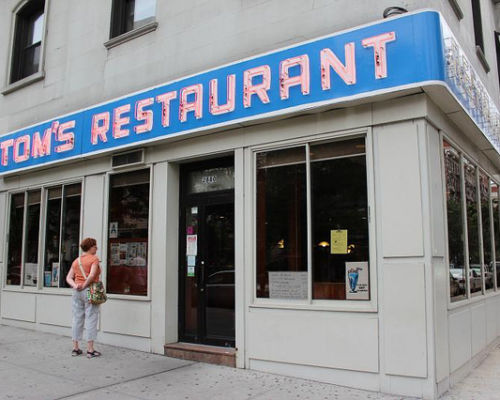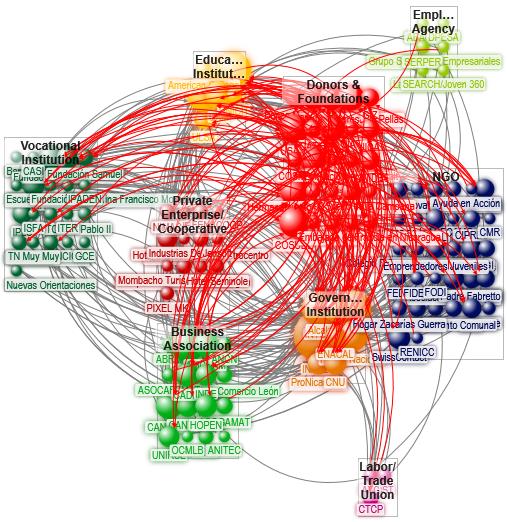In the classic Season 3 Seinfeld episode “The Pez Dispenser,” Jerry hosts an addiction intervention for a friend who had fallen on hard times after an unfortunate softball incident. Kramer decides to show-up with some friends to the gathering, referring to it as “the interference” and wreaking predictable comedic havoc on the proceedings. Although things work out in the end thanks to the presence of some Pez, Kramer’s linguistic mix-up (and problematic presence) underscores the very real possibility of unintended consequences when intervening into situations with complex social dynamics.

The inspiration for Monk’s Cafe, no stranger to interference due to social dynamics. (Photo credit: Steve Harris, licensed under CC 2.0)
In the international development space, we conduct interventions as well – and the complexity of the social and organizational dynamics in which we work are no less fraught than in Apartment 5A. A donor may think that their presence is facilitating and empowering local organizations to bring about change – after all, that’s what the checks are for! — but we’ve all seen situations where development interventions ended up creating bottlenecks, or duplicative work, or adverse incentives for effective collaboration in a sector.
So how can we know if a donor or a new project is helping to facilitate change or might be getting in the way? At LINC, one tool that we have been using is Organizational Network Analysis, an analytical method to map and quantify the position, role, influence, and relational dynamics of all the actors in a given sector or issue area. This allows us to see exactly how a donor organization or a development project is interacting with other organizations in the same area, and how this interaction is affecting the overall complex web of organizational relationships that defines any development sector. We recently did this for the workforce development sector in Nicaragua, finding that donors were in fact playing key intermediary roles in the collaboration and information flows between other in the network. You can see just how important these donors had become to the network in this visualization, with donors and their relationships highlighted in red:

Workforce development donor network linkages
That’s not to say that donor agencies here were necessarily doing anything wrong or were ineffective in their day-to-day work – in fact, given how central they were to the network, they undoubtedly were working quite diligently just to keep up with all the demands on them! But network analysis allows us to see not only how effective each organization is on its own, but how it affects the overall dynamics (and therefore effectiveness) of the network as a big, messy whole. Based on our quantitative analysis of the donors’ central place in the system and qualitative analysis highlighting similar trends, we recommended that donors and foundations focus explicitly on taking a more facilitative role in the system and finding ways to work through local labor market actors to avoid becoming bottlenecks to effective collaboration.
Network analysis has been called an “organizational x-ray” in that it allows you to see through deceptive simplicity and into the complex relational connections that make up the real world. We might not always be as lucky as Jerry to have a fortuitous Pez dispenser around when an intervention turns into an interference. But though network analysis we can better understand what we’re getting into ahead of time, and use that knowledge to design better (although probably less humorous) programs to begin with.
